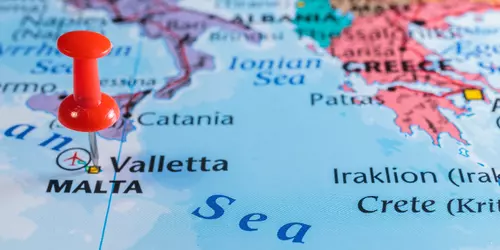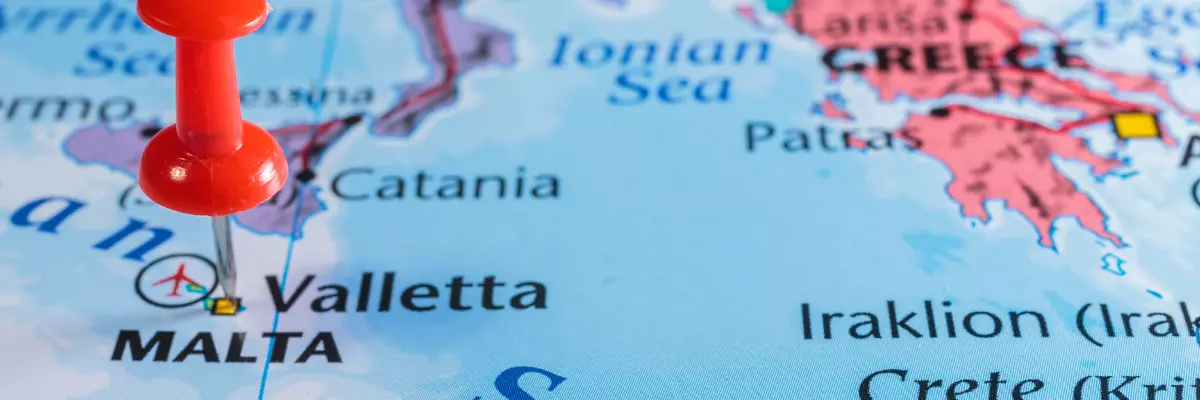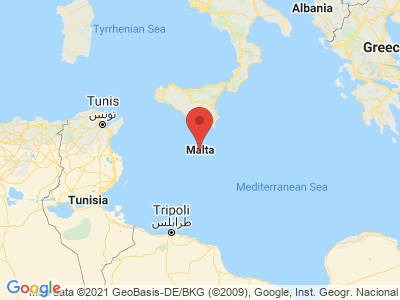Climate Table Malta
Jan | Feb | Mar | Apr | May | Jun | Jul | Aug | Sep | Oct | Nov | Dec | |
|---|---|---|---|---|---|---|---|---|---|---|---|---|
| Max. Temperature | 14° | 15° | 16° | 18° | 22° | 26° | 29° | 29° | 27° | 24° | 20° | 16° |
| Min. Temperature | 10° | 10° | 11° | 13° | 16° | 19° | 22° | 23° | 22° | 19° | 16° | 12° |
| Sun Hours | 6 | 6 | 7 | 9 | 10 | 12 | 13 | 11 | 9 | 8 | 6 | 5 |
| Water Temperature | 15° | 14° | 15° | 15° | 18° | 21° | 24° | 25° | 24° | 22° | 19° | 17° |
| Rain Days | 12 | 8 | 6 | 3 | 2 | 0 | 0 | 0 | 3 | 6 | 9 | 13 |
The climate year of Malta
Malta is the largest land mass of the island nation of the same name. The Maltese capital Valletta is located on the island. Due to its location in the south of the Mediterranean Sea, Malta is warmer than many other islands in the waters. In addition, strong winds often blow on Malta. The island is cooled by the Mistral, a downdraft wind that blows from the northwest. The current Scirocco coming from Africa is humid and hot. Because of the adaptation to the water, the temperatures hardly change in the course of a day. With an area of 246 square kilometers and a population of just over 350,000, Malta is the main island of the smallest member state of the European Union. Since 2008, the euro is the official currency of the country. The distance to the Italian island Sicily is about 100 kilometers and the coast of Tunisia is almost 300 kilometers away. The surface of Malta consists almost exclusively of limestone. Fresh water is hardly available. Therefore, the island state is dependent on water supplies from abroad.
General information about Malta
In the northeast of Malta you can find flat beaches, which are ideal for a bathing vacation. There are also wide bays, which include Mellieha Bay and Marsamxett Harbour, for example. In the southwestern part of the island, one has the opportunity to admire unique rock formations that rise steeply from the sea. The capital Valetta, because of its particular cultural richness, has been included by UNESCO in the list of World Heritage Sites as an overall monument. A ring of bastions, each named after a saint, surrounds the city. The fortification around the great city gate in the south of Valetta is one of the most important monuments of the island. In the Grand Master's Palace, which was the residence of many important rulers, you can learn a lot about the history of Malta. The hypogeum of Hal-Saflieni, located under the Maltese municipality of Paola, where saints were worshipped and dead bodies were buried in the Neolithic period, has also been declared a World Heritage Site by UNESCO.
Tourism Malta
From June to mid-October, Malta is very warm and dry. Because the Mediterranean warms up more slowly, the adaptation to the water temperature in summer usually prevents unbearable heat. Only in July and August it gets too hot for long walks on a few days. For a beach vacation, the weather in Malta is also often suitable in the second half of May and the beginning of November. The water temperatures remain very pleasant in autumn. Between October and March, however, one must expect an average of at least ten rainy days per month. From mid-May to mid-September, on the other hand, it rains very rarely. Especially in December and January it happens that you can hardly see the sun for several days. Nevertheless, the freezing point is not even close to being reached in winter. Hikes are possible without any problems on many days around the turn of the year. Although temperatures continue to rise in March and April, spring feels a bit cooler for people in windy conditions.


